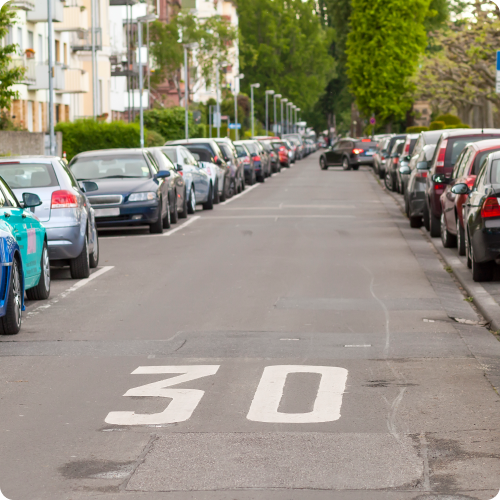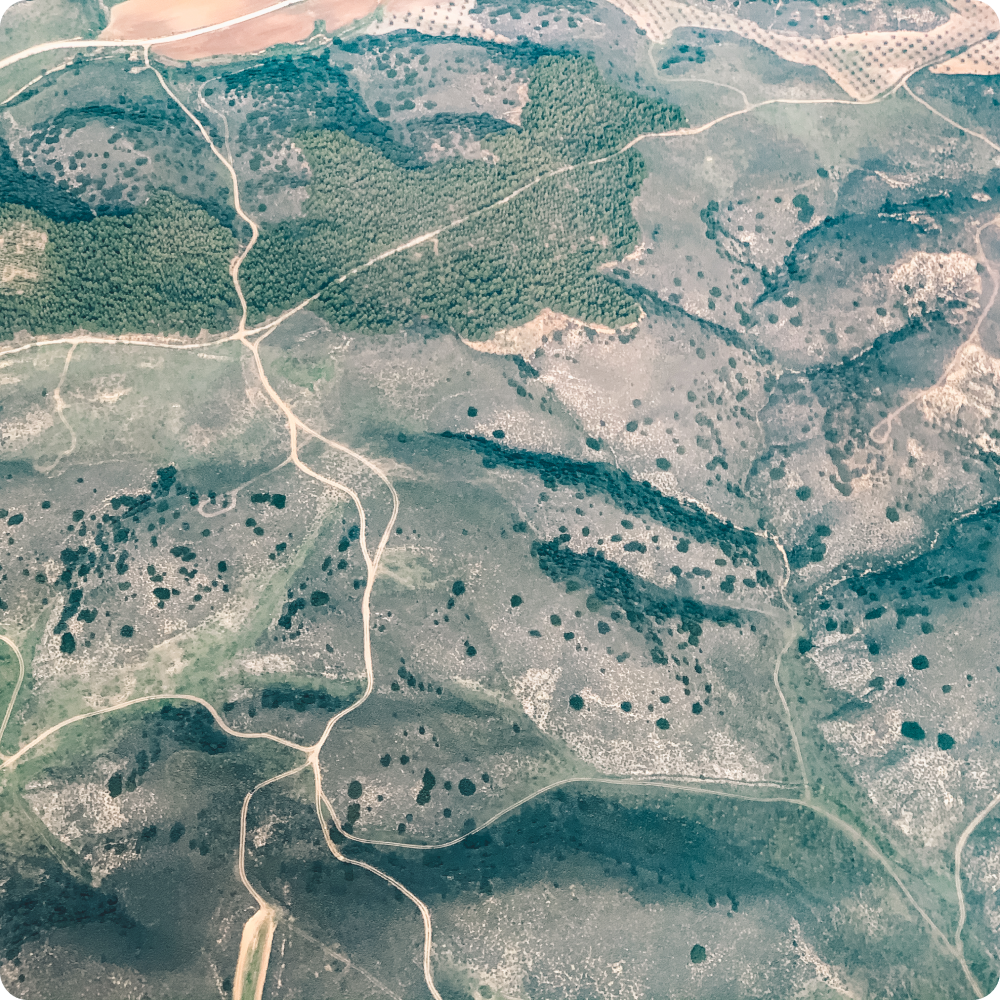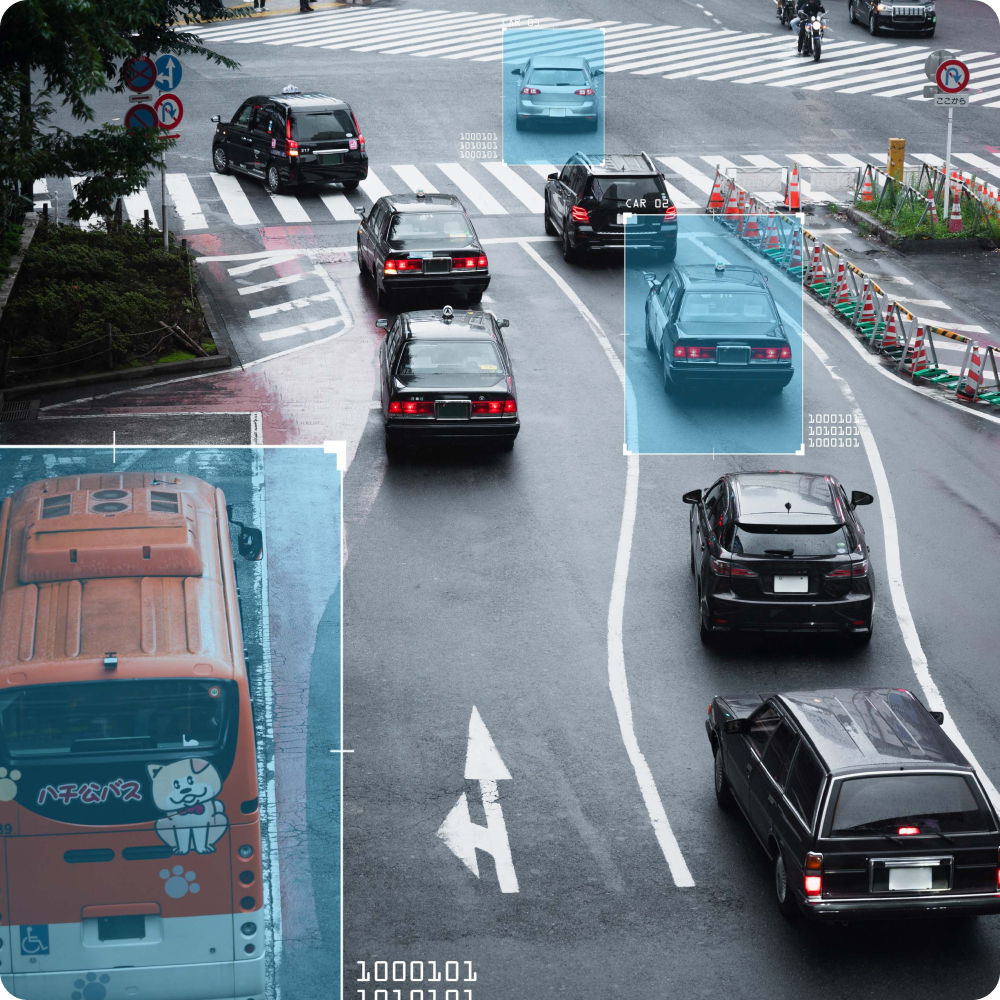3D ANNOTATION SERVICES

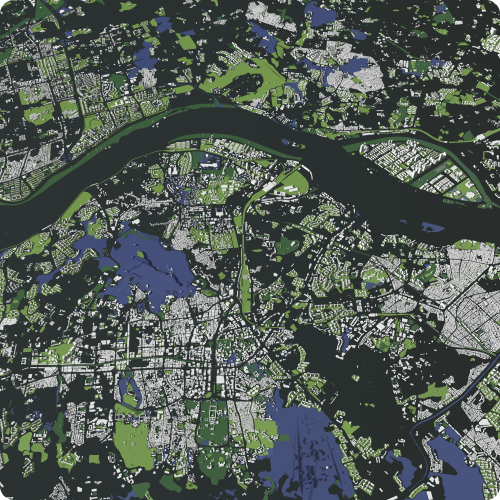
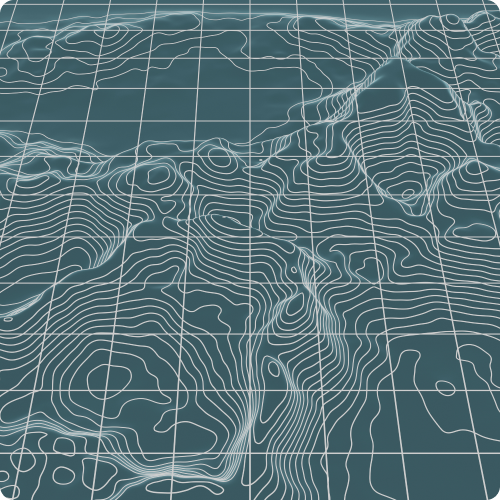

What is 3D Annotation?
Computer Vision
How we Deliver 3D Annotation Projects
At TrainingData, we are dedicated to delivering 3D Annotation Projects with precision, efficiency, and client satisfaction as our top priorities. Our process encompasses several key stages, each meticulously designed to ensure accuracy, quality, and timely delivery.
3D Annotation Use Cases
Autonomous Vehicles and Robotics
In the automotive and robotics industries, 3D annotation data is used for perception systems, enabling autonomous vehicles and robots to understand and navigate complex environments. Annotations aid in object detection, localization, and path planning, ensuring safe and efficient operations.
Augmented Reality and Virtual Reality
In AR/VR applications, 3D data is employed for virtual object interaction and scene understanding. Annotations enable accurate object placement, occlusion handling, and spatial mapping, enhancing immersive experiences and user interactions.
Medical Imaging and Healthcare
In medical imaging and healthcare, annotated data is used for diagnostic imaging, surgical planning, and patient monitoring. Annotations aid in identifying anatomical structures, tumors, and abnormalities from volumetric scans, supporting accurate diagnosis and treatment planning.
Geospatial Mapping and Urban Planning
In geospatial mapping and urban planning, this service is applied for creating digital terrain models, city models, and infrastructure inventories. Annotations facilitate identifying buildings, roads, vegetation, and other features, supporting urban development projects and disaster management.
Manufacturing and Industrial Design
In manufacturing and industrial design, 3D annotation data is utilized for product modeling, quality inspection, and assembly planning. Annotations aid in annotating product components, defects, and assembly instructions, ensuring manufacturing efficiency and product quality.
Architectural Visualization and Construction
In architecture and construction, 3D data is employed for building information modeling (BIM), construction planning, and project visualization. Annotations enable annotating building elements, materials, and construction stages, supporting collaborative design and project management.
Gaming and Entertainment
In the gaming and entertainment industry, annotation services are used for character animation, environment modeling, and game development. Annotations aid in annotating game assets, character movements, and interactive elements, enhancing gameplay experiences and visual effects.
Environmental Monitoring and Conservation
In environmental monitoring and conservation, this data is applied for habitat mapping, species tracking, and ecosystem analysis. Annotations facilitate identifying terrain features, vegetation types, and wildlife habitats, supporting biodiversity conservation and ecosystem management.
Aerospace and Defense
In aerospace and defense, 3D annotation data is utilized for aircraft modeling, mission planning, and situational awareness. Annotations aid in annotating aircraft components, terrain features, and target objects, supporting simulation training and tactical decision-making.
Cultural Heritage Preservation
In cultural heritage preservation, labeled data is used for archaeological site documentation, artifact modeling, and virtual museum exhibits. Annotations enable annotating historical artifacts, architectural details, and cultural landmarks, preserving cultural heritage for future generations.
Stages of work
-
Application
/01Leave a request on the website for a free consultation with an expert. Th e acco unt manager will guide you on the services, timelines, and price -
Free pilot
/02We will conduct a test pilot project for you and provide a golden set, based on which we will determine the final technical requirements and approve project metrics -
Agreement
/03We prepare a contract and all necessary documentation upon the request of your accountants and lawyers -
Workflow customization
/04We form a pool of suitable tools and assign an experienced manager who will be in touch with you regarding all project details -
Quality control
/05Data uploads for verification are done iteratively, allowing your team to review and approve collected/annotated data -
Post-payment
/06You pay for the work after receiving the data in agreed quality and quantity
Timeline
-
24 hoursApplication
-
24 hoursConsultation
-
1 to 3 daysPilot
-
1 to 5 daysConducting a pilot
-
1 day to several yearsCarrying out work on the project
-
1 to 5 daysQuality control
in the established quality and quantity
Why
Training Data
- Quality Assurance:
-
Enhanced Data Accuracy
-
Consistency in Labels
-
Reliable Ground Truth
-
Mitigation of Annotation Biases
-
Cost and Time Efficiency
- Data Security and Confidentiality:
-
GDPR Compliance
-
Non-disclosure agreement
-
Data Encryption
-
Multiple data storage options
-
Access Controls and Authentication
- Expert Team:
-
6 years in industry
-
35 top project managers
-
40+ languages
-
100+ countries
-
250k+ assessors
- Flexible and Scalable Solutions:
-
24/7 availability of customer service
-
100% post payment
-
$550 minimum check
-
Variable Workload
-
Customized Solutions





